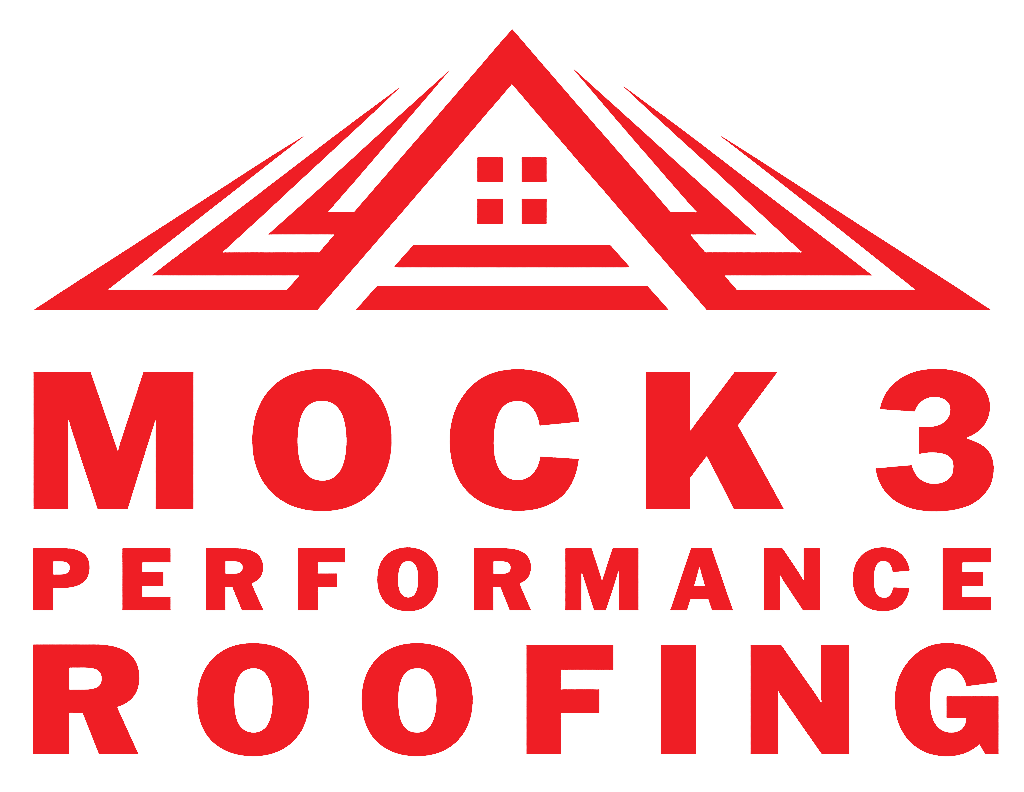The Most Common Roofing Problems in Florida. Florida’s beautiful weather and scenic views come with a trade-off: its roofs endure a unique set of challenges. From hurricanes and high humidity to relentless sunshine, Florida’s climate puts significant strain on roofing systems. Understanding the most common roofing problems homeowners face in the Sunshine State can help you maintain a sturdy, long-lasting roof. Let’s explore these issues and how to address them.
The Most Common Roofing Problems in Florida
Florida’s tropical climate and unpredictable weather patterns can take a significant toll on roofs, making it essential for homeowners to understand the unique challenges they face. From intense heat and humidity to hurricane-force winds and torrential rains, your roof endures constant wear and tear that can lead to serious problems if not addressed. Knowing the most common roofing issues in Florida can help you stay ahead of potential damage, protect your home, and save money on costly repairs. At Mock 3 Performance Roofing, we’re here to guide you through these challenges and provide expert solutions tailored to Florida’s conditions.
1. Hurricane and Storm Damage
Florida is no stranger to hurricanes and tropical storms. High winds can tear shingles off roofs, while flying debris can cause punctures and dents. Heavy rains often lead to leaks and water damage, particularly in older or improperly maintained roofs.
Solution: After every major storm, have your roof inspected by a professional. Timely repairs can prevent small issues from escalating into costly problems.
2. Heat and UV Damage
Florida’s intense sunshine can cause roofing materials to degrade over time. Asphalt shingles may crack, curl, or lose granules, while other materials, like wood, can warp or dry out under constant UV exposure.
Solution: Choose UV-resistant roofing materials, such as metal or tile, and schedule regular inspections to catch signs of heat damage early.
3. Moss, Algae, and Mold Growth
Florida’s high humidity creates the perfect environment for moss, algae, and mold to thrive on roofs. These organisms not only make your roof look unsightly but can also damage shingles and reduce the lifespan of your roof.
Solution: Regularly clean your roof using soft washing techniques and install algae-resistant shingles to prevent growth. Proper ventilation can also reduce humidity in your attic, discouraging mold development.
4. Water Pooling and Leaks
Flat or low-slope roofs, common on Florida homes, are prone to water pooling after heavy rains. Over time, standing water can lead to leaks, rot, and structural damage.
Solution: Ensure your roof has proper drainage and that gutters and downspouts are clear of debris. Adding a slight slope or using waterproof membranes can also help redirect water.
5. Cracked or Missing Shingles
Strong winds, hail, or aging can cause shingles to crack or blow off. Missing shingles expose the underlying roof structure to the elements, increasing the risk of leaks and water damage.
Solution: Inspect your roof regularly for signs of shingle damage and replace missing or cracked shingles promptly to maintain a watertight seal.
6. Improper Installation
Unfortunately, not all roofing contractors in Florida adhere to proper installation standards. Poorly installed flashing, shingles, or underlayment can lead to premature roof failure.
Solution: Work with a reputable roofing contractor like Mock 3 Performance Roofing, where we ensure your roof is installed to the highest industry standards.
7. Corroded Flashing and Fasteners
The salty, humid air in coastal Florida can cause metal roof components, such as flashing, nails, and fasteners, to corrode. Corroded flashing compromises the waterproof barrier around chimneys, vents, and other roof penetrations.
Solution: Use corrosion-resistant materials, such as stainless steel or galvanized metal, and have your roof inspected regularly to identify and replace rusted components.
8. Animal Damage
Florida’s wildlife, including raccoons, squirrels, and birds, can cause damage to your roof. These animals may chew through shingles or create nests in gutters and attic spaces, leading to clogged drainage and other issues.
Solution: Seal gaps and entry points, and trim overhanging tree branches to prevent animals from accessing your roof.
9. High Humidity and Condensation
Florida’s humidity doesn’t just affect your roof’s exterior; it can also cause issues inside. Poor ventilation can lead to condensation in the attic, which promotes mold growth and weakens the roof deck.
Solution: Ensure your roof and attic have proper ventilation to allow moisture to escape, keeping your roofing system dry and healthy.
10. Debris Accumulation
Fallen leaves, branches, and other debris can accumulate on your roof, especially after storms. This debris traps moisture, leading to rot and creating an environment for moss and algae growth.
Solution: Regularly clear debris from your roof and gutters to prevent water buildup and maintain proper drainage.
How to Protect Your Roof in Florida
While Florida’s climate poses unique challenges, proactive maintenance can keep your roof in top condition. Here are some tips to protect your roof:
- Schedule Regular Inspections: Have your roof inspected at least once a year and after major storms.
- Clean Your Roof and Gutters: Remove debris and treat algae or moss growth promptly.
- Choose Durable Materials: Invest in materials designed to withstand Florida’s weather, such as metal or tile roofs.
- Work with Trusted Professionals: Ensure your roof is installed and maintained by a reputable contractor like Mock 3 Performance Roofing.
Trust Mock3 Performance Roofing for Florida’s Unique Challenges
At Mock 3 Performance Roofing, we understand the specific needs of Florida homeowners. From storm repairs to regular maintenance, our experienced team is here to ensure your roof stands up to the toughest conditions. Contact us today to schedule an inspection or discuss your roofing needs. Protect your home and invest in a roof that will last for years to come.
